Nayax Card Reader For Sale – Websites and apps like eBay, Craigslist, Facebook Marketplace, and Poshmark have made it easier than ever to find second-hand goods for sale, offering a wider selection and more convenience than traditional brick-and-mortar stores. This subjective nature of value is what makes the “for sale” market so dynamic. Second-hand goods for sale have become an integral part of today’s economy, a trend that transcends geographic, economic, and cultural boundaries. Many brokers specialize in certain industries or types of businesses, allowing them to better serve their clients by offering specialized knowledge and advice. The global marketplace, with its constant buying and selling, influences everything from politics to the environment, creating ripple effects that are felt far beyond the immediate transaction. Another aspect that contributes to the appeal of quality goods for sale is the level of detail and attention given to the design. Due diligence is a crucial part of the process, where the buyer investigates the business thoroughly to ensure that there are no hidden liabilities, potential risks, or operational inefficiencies. The growing interest in second-hand goods can also be attributed to shifting cultural attitudes toward consumption. The concept of “for sale” stretches beyond physical items. This connection between consumers and the creators of quality goods is something that’s been fostered for centuries. Whether it’s a handmade leather bag, a vintage watch, or a luxury car, the term “quality” brings with it an expectation — an assurance that the item in question has been crafted with care, attention to detail, and materials that can stand the test of time. In addition to individual sales, online marketplaces often feature businesses and professional sellers who specialize in second-hand goods, providing buyers with a curated selection of high-quality items. These brick-and-mortar stores offer a different shopping experience, one that is often characterized by the thrill of the hunt. But the financial aspect is only one part of the equation. It’s a phrase that, at first glance, may seem simple and straightforward. For fashion-conscious individuals, buying second-hand is a way to express their personal style while also supporting sustainable practices. It is only through diligent research that a buyer can truly determine whether the business is worth the asking price. Whether it’s the smooth finish of a well-polished wooden table or the satisfying feel of a perfectly balanced knife in your hand, quality goods evoke a sense of pride in their ownership. Online business-for-sale marketplaces have made it easier than ever for individuals to find opportunities, compare businesses, and evaluate the potential of various investments. The longer something is used, the less likely it is to contribute to the growing problem of waste.

Buy the Best Credit Card Reader Solution Nayax VPOS Touch
Card processorsprocessing transactionsinventory managementeasy to use

BRAND NEW NAYAX VENDING MACHINE CREDIT CARD READER WITH CHIP READER
Card processorsprocessing transactionsinventory managementeasy to use
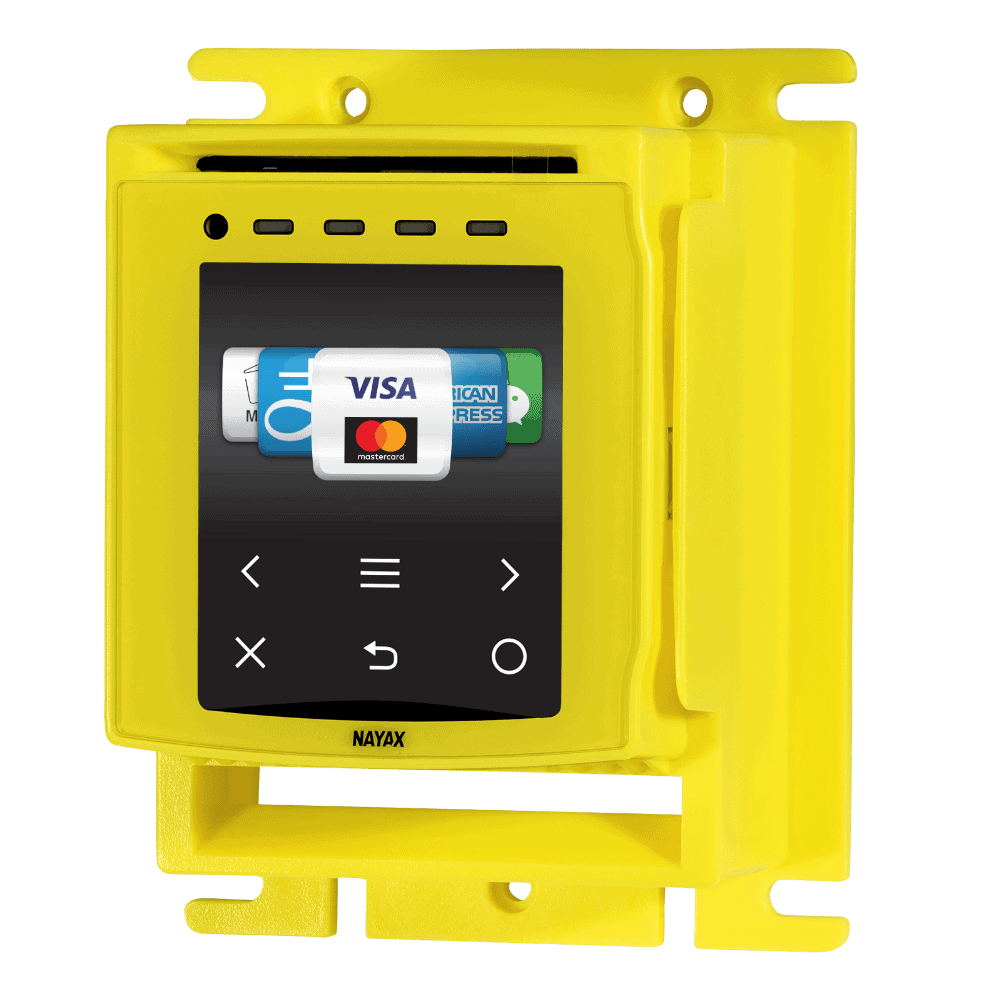
Credit Card Reader Cashless Payment Vpos Touch Nayax Official
Card processorsprocessing transactionsinventory managementeasy to use
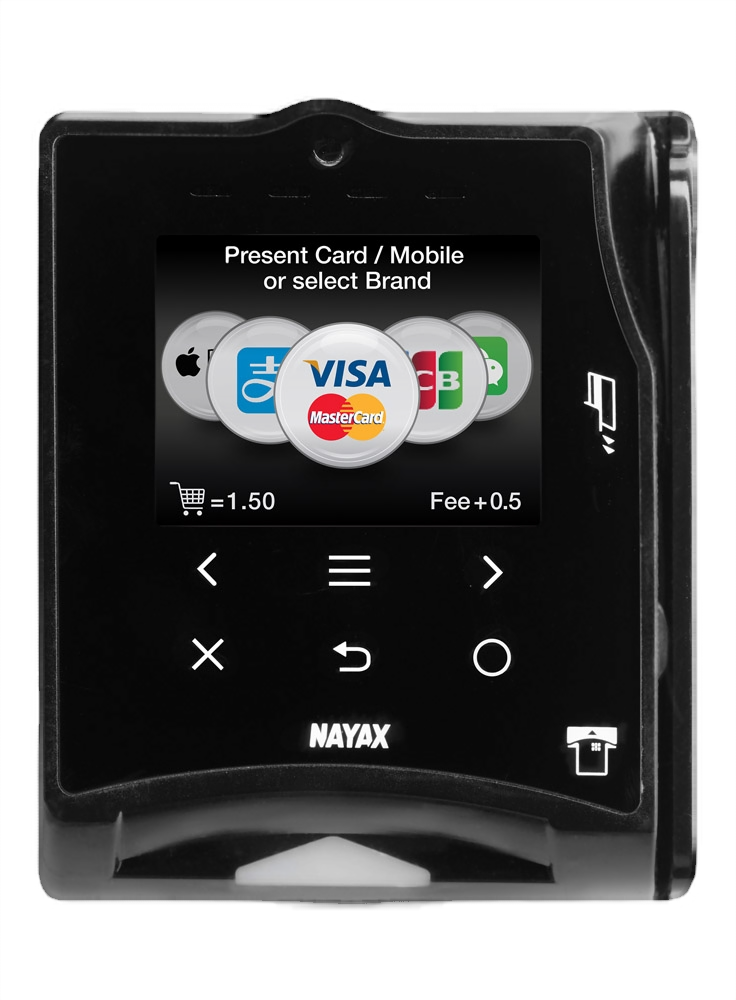
Nayax VPOS Touch Contactless System The OPL Group
Card processorsprocessing transactionsinventory managementeasy to use
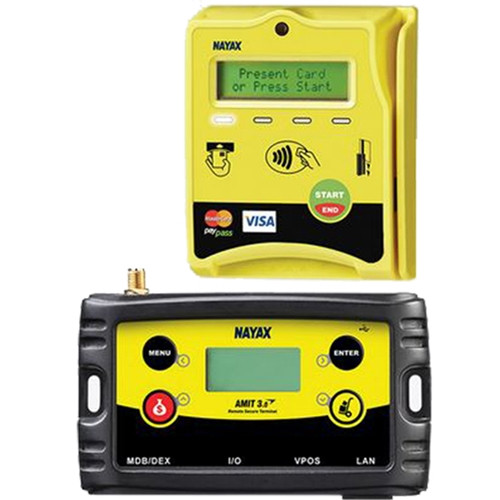
Nayax VPOS Credit Card Reader Kit Global Vending Group Inc.
Card processorsprocessing transactionsinventory managementeasy to use
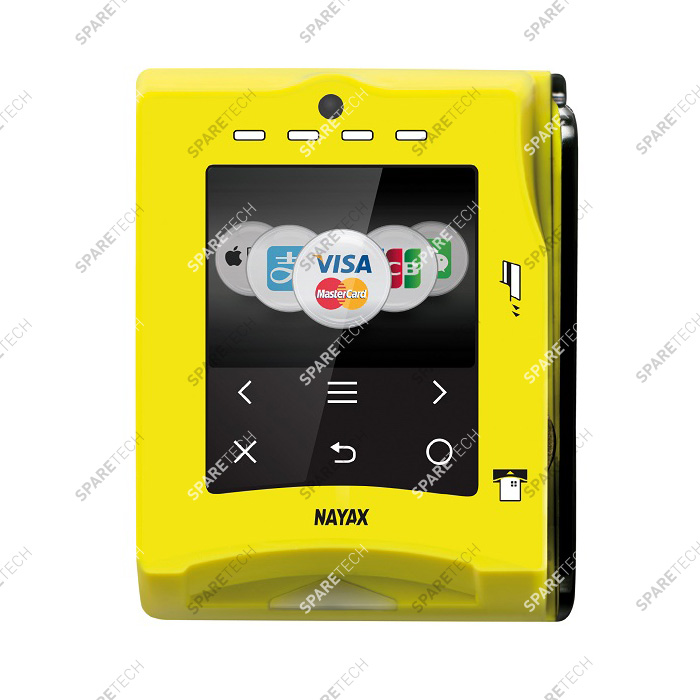
NAYAX all in one card reader, MDB connection
Card processorsprocessing transactionsinventory managementeasy to use
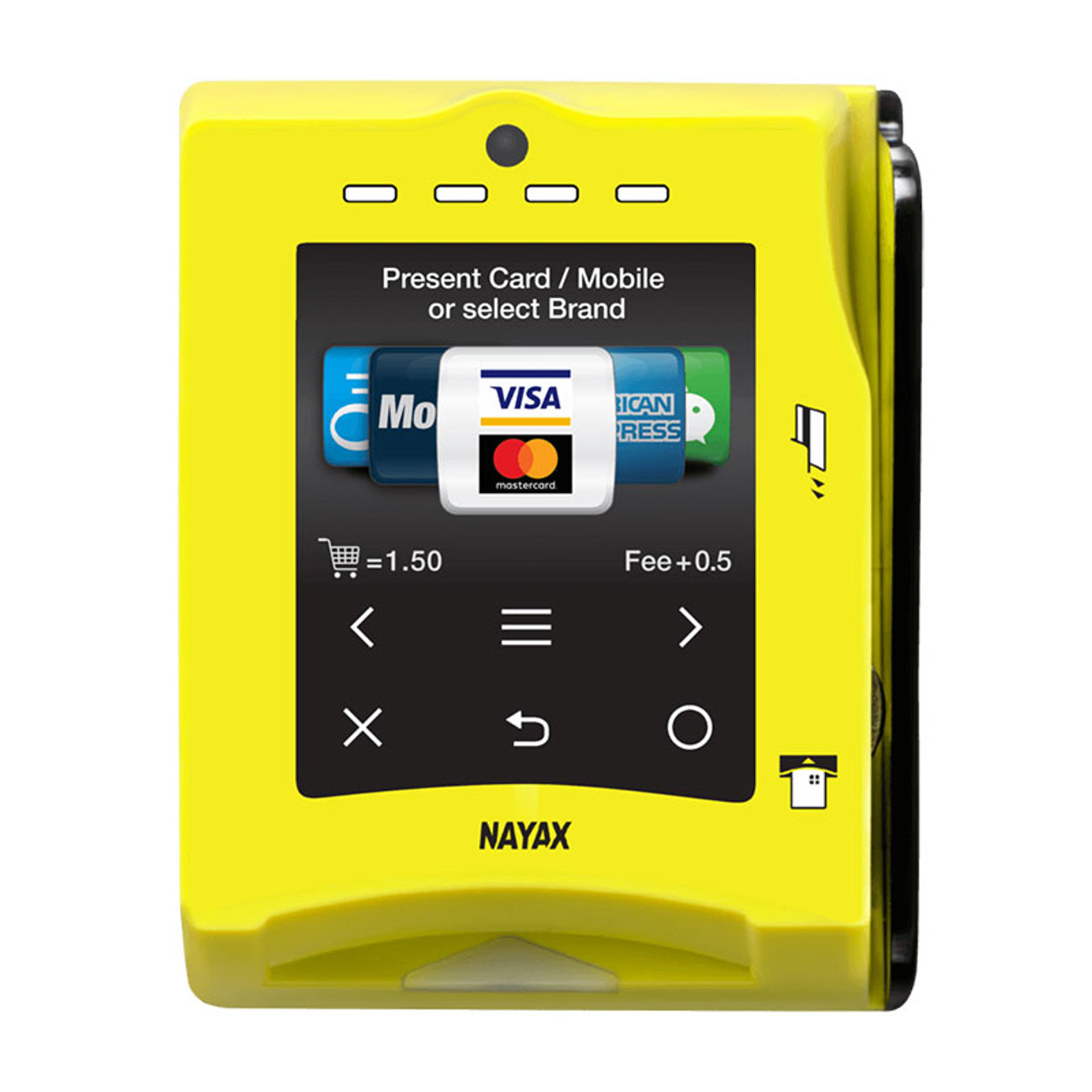
Nayax VPOS Touch Cashless Credit Card Reader
Card processorsprocessing transactionsinventory managementeasy to use

NAYAX CREDIT CARD READER Shop Front
Card processorsprocessing transactionsinventory managementeasy to use
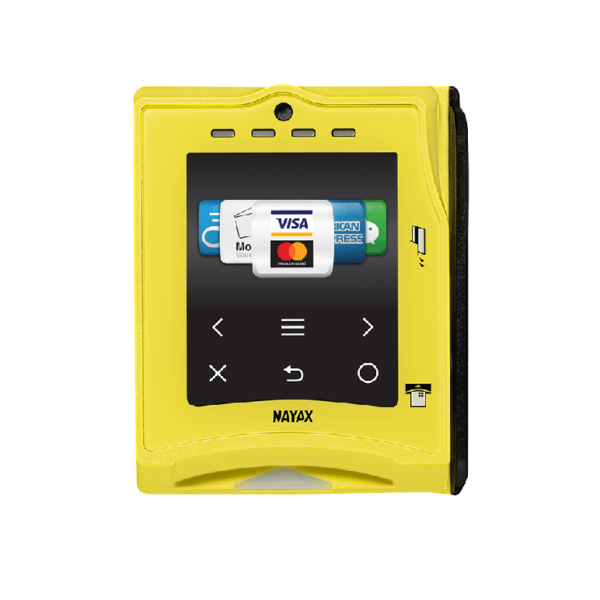
Nayax VPOS Touch Credit Card Reader A&M Equipment Sales
Card processorsprocessing transactionsinventory managementeasy to use
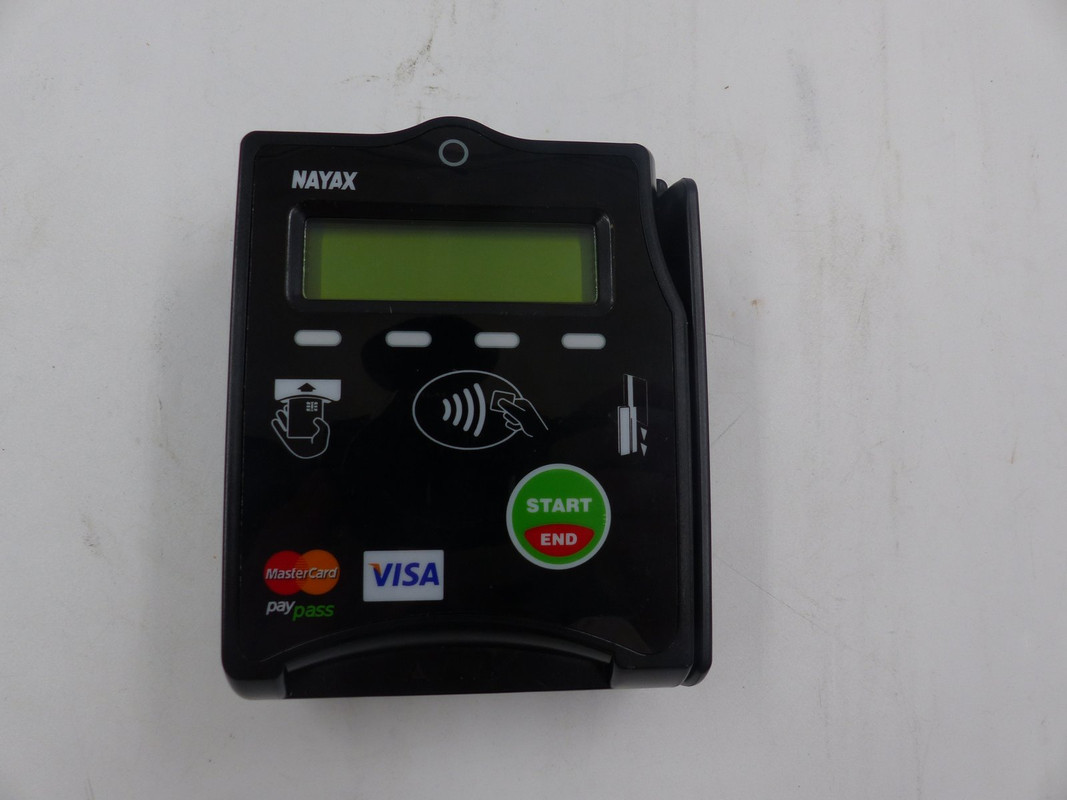
NAYAX NAYAXVPOSR5 VENDING MACHINE EMV CREDIT CARD VPOS LOCKED MDG
Card processorsprocessing transactionsinventory managementeasy to use
One of the most popular categories of second-hand goods for sale is clothing. Influencers sell their attention, their opinions, their lives — all of it has become a form of commerce. Manufacturing new items requires energy, raw materials, and natural resources, all of which contribute to environmental degradation. In a sense, the very nature of human existence can feel like a transaction. The same logic applies to tools, kitchen appliances, furniture, and even technology. After the sale is complete, the buyer assumes responsibility for the business and takes control of its day-to-day operations. They are intended to last for a limited amount of time, after which they become outdated, broken, or no longer functional. Relationships can become transactional, where each party enters into an agreement based on what they stand to gain. Each item was unique, and the quality was immediately apparent to the buyer. A well-made product simply performs better. Many everyday products, such as kitchenware, footwear, and tools, can also be considered quality goods, provided they are made to last and perform well over time. Sellers often find themselves in a strange position, balancing the emotional attachment to the item with the rational need to let it go. The growing interest in second-hand goods can also be attributed to shifting cultural attitudes toward consumption. A piece of art, for example, may be valued differently by various individuals based on personal taste, financial resources, or the emotional connection they feel to the work. Additionally, many second-hand items are still in excellent condition, having been gently used or well-maintained by their previous owners, further enhancing the appeal of these products. Cars, too, are often sold with a sense of transition. They remind us that, despite living in a world where everything is for sale, there are some things that remain priceless. In some cases, the sale of an item can mark a pivotal moment in someone’s life. But is this a reflection of reality? Or is it an illusion we’ve created, an idea we’ve accepted in order to make sense of a world that increasingly revolves around consumption and profit?
At the core of this idea lies the assumption that everything, no matter how unique or rare, can be exchanged. This sense of history and individuality is part of what makes second-hand shopping so appealing.
Acquiring an established business can provide a head start in terms of customer relationships, operational systems, and brand recognition. If the buyer is satisfied with the findings, the next step is usually negotiation. For those who enjoy the tactile experience of shopping and the sense of discovery that comes with it, thrift stores offer a personal and immersive way to shop for second-hand items. Due diligence is a crucial part of the process, where the buyer investigates the business thoroughly to ensure that there are no hidden liabilities, potential risks, or operational inefficiencies. As society has evolved, the scale of production has expanded, and many quality goods are now mass-produced or distributed through large retail chains. When someone buys a second-hand item, whether it’s a piece of furniture passed down through generations or a retro jacket from a bygone era, they are not just acquiring an object; they are connecting to a story, a memory, or a cultural moment. Second-hand goods for sale are no longer seen as inferior or out-of-date, but rather as a conscious, stylish, and eco-friendly choice. The “for sale” sign becomes a marker in time, a decision that has been made, signaling that it’s time to move on. Beyond practical reasons, the appeal of quality goods for sale also lies in the sense of pride and satisfaction that comes from owning something well-made. Each item was unique, and the quality was immediately apparent to the buyer. Whether through their durability, aesthetic appeal, or the values they embody, these products go beyond simple transactions. Historically, many products were made by local craftsmen, and there was a direct relationship between the creator and the consumer. In this sense, online second-hand markets have not only made pre-owned goods more accessible but have also made them more desirable, offering an alternative to the mass-produced, one-size-fits-all nature of new products. For those on a budget or looking to stretch their money further, second-hand markets provide an opportunity to purchase goods that would otherwise be out of reach. For environmentally conscious consumers, buying second-hand is not just a cost-effective choice, but a way to make a positive contribution to the planet. This creative process not only gives new life to old objects but also encourages people to think outside the box when it comes to the things they buy and use. Most new items, particularly electronics, are designed with built-in obsolescence. This sense of history and individuality is part of what makes second-hand shopping so appealing. Manufacturing new items requires energy, raw materials, and natural resources, all of which contribute to environmental degradation. Sometimes, a sale can feel like the closing of one chapter and the opening of another.